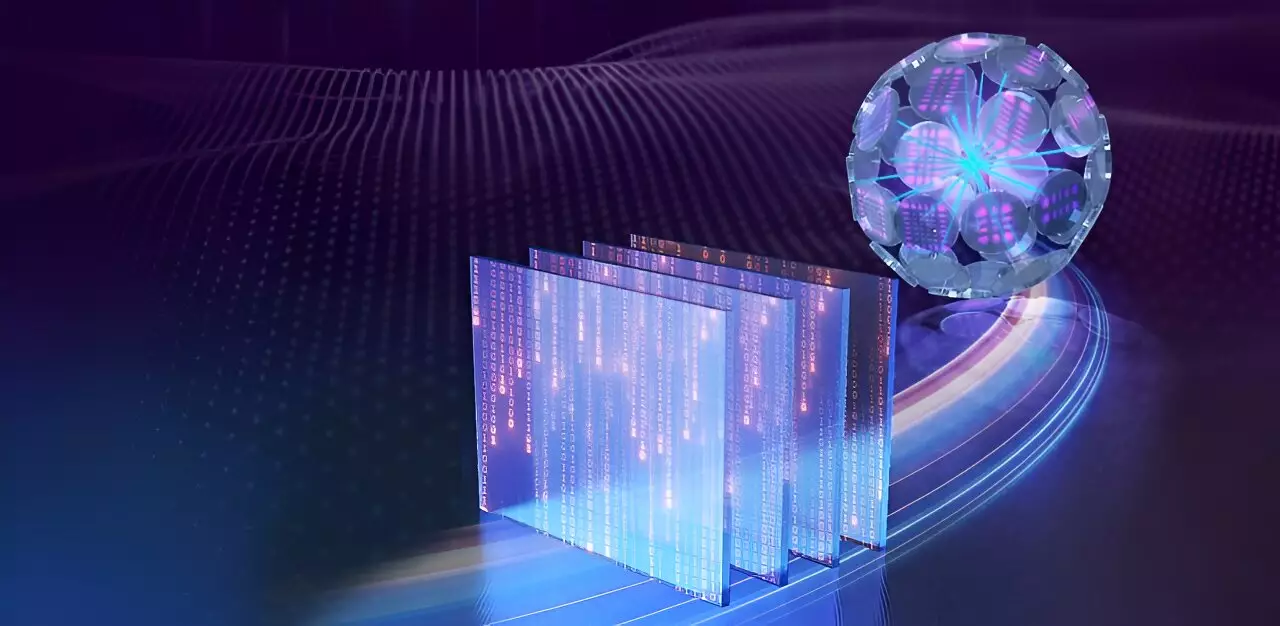Light technology plays a pivotal role in various innovative applications, but transmitting light through challenging environments has always been a daunting task. The distortion and disruption of light fields in complex and fluctuating media pose significant hurdles in achieving clear and reliable results. Researchers at Soochow University have recently made a groundbreaking discovery that could revolutionize the understanding of how light behaves in complex environments, potentially leading to practical applications in optics, communications, and imaging.
Traditionally, characterizing the coherence of light has been a complex and challenging task. The research team at Soochow University introduced a novel approach by leveraging the concept of coherence entropy. Coherence entropy is a measure of the statistical property of light known as coherence and provides a global characterization of light fields subjected to random fluctuations. By applying orthogonal modal decomposition to partially coherent beams, the researchers were able to introduce coherence entropy as a reliable metric for assessing light field behavior.
One of the key findings of the study was the stability of coherence entropy during the propagation of light through complex and deformed optical environments. The researchers discovered that coherence entropy remains consistent even when faced with challenging conditions, suggesting that it can be a robust indicator of light field behavior in non-ideal environments. This stability opens up new possibilities for predicting and controlling light propagation through complex media, offering a reliable tool for scientists and engineers.
The team demonstrated the practical utility of coherence entropy by examining its effectiveness in partially coherent beams as they moved through various deformed optical systems and turbulent media. The results showed that coherence entropy is resilient and remains a dependable measure for evaluating light field performance in challenging conditions. This research represents a major leap forward in the ability to customize light fields and improve their performance in real-world applications.
The implications of this study are far-reaching, with potential applications in enhancing optical communication systems operating through atmospheric turbulence and advancing imaging technologies relying on light fields traveling through distorted media. Coherence entropy could become a crucial tool for scientists and engineers in assessing and managing light fields in less-than-ideal conditions. By paving the way for broader and more effective use of low-coherence light fields, this research holds promise for advancements in various scientific and practical domains.


Leave a Reply